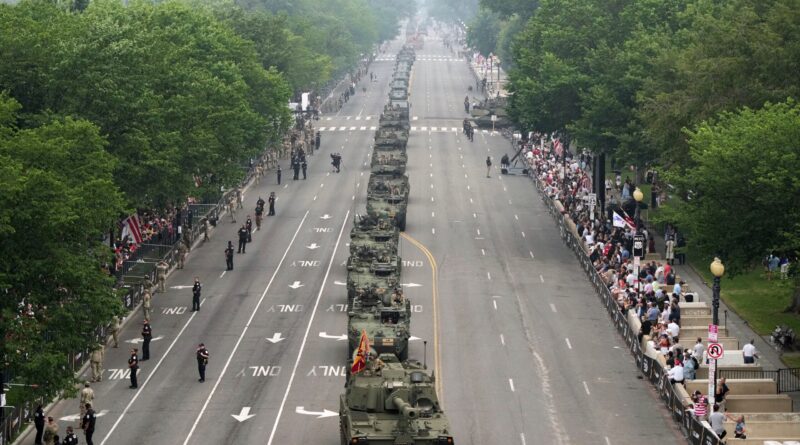Trump Considering Mobilization of National Guard in D.C.
There are current deliberations underway within the U.S. military to call to duty members of the National Guard in Washington, D.C., deriving from a strategy ordered by President Trump to position a harder stance on city crime. Although no formal orders were executed as of early Monday, the President’s forthcoming press conference at the White House is anticipated to deliver the announcement concerning the mobilization of a variable number – potentially reaching into the hundreds – of National Guard troops from the District of Columbia to back local law enforcement within the nation’s capital.
As Monday dawned no additional information was at disposal. The scenario in the capital is characterized by a decline in crime incidents, despite the contrasting narrative presented by Mr. Trump, who assertively referred to the situation as ‘totally out of control’. He has maintained a constant warning regarding the potential imposition of federal authority if things don’t improve.
The contingent of National Guardsmen, incipiently highlighted by Reuters, may not possess direct authority to enforce arrests. Rather, their role would primarily anchor on providing logistical and strategic support to local law enforcement, streamlining their efficiency while freeing up their resources to focus more effectively on patrol duties throughout the city.
Moreover, the Trump administration’s strategy to counteract crime in the district includes a temporary restructure in deployment of F.B.I. agents as well. The plan is to divert 120 of these personnel to perform nocturnal patrols across the the capital. For the time being, these agents will be detached from their traditional responsibilities at the F.B.I.’s Washington field office.
Looking back, an similar use of military troops was observed earlier this summer. Nearly 5,000 National Guard troops were deployed to Los Angeles. The directive required their assistance in managing protests that unfolded in response to immigration enforcement operations, and in ensuring the safety of federal agents involved in these operations.
In the wake of these deployments, all but around 250 troops have withdrawn, mirroring the ebbs and flows commonly seen in military deployment. It highlights how responsive and adaptable these forces, and by extension, the administration, can be in rapidly changing situations.
During his first term, Trump has previously demonstrated a willingness to deploy such resources. National Guard soldiers, alongside federal law enforcement personnel, were mobilized to confront peaceful demonstrations that took place during the Black Lives Matter protests that emerged following the unfortunate incident of George Floyd’s killing by police in 2020.
A peculiar aspect of the governance in the District of Columbia is that unlike other states which have their governors commanding their respective National Guard contingents, the District does not enjoy this control. Instead, the president holds extensive powers to dictate the deployment and duties of these troops, providing a stronger lever of control over law enforcement within the capital.



